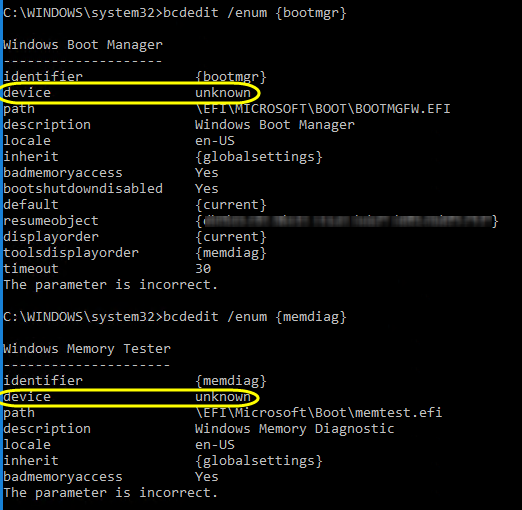
Database snapshotting, dirty region logging for fast resynch, remote site replication for DR, clustering, etc.Ģ. There are lots of other features you can add to vxvm easily. Volumes and their virtual components are called virtual objects or VxVM objects. Volumes are also composed of other virtual objects (plexes and subdisks) used to change the volume configuration. Volumes are accessed by file systems, databases, or other applications in the same way physical disks are accessed. Each volume records and retrieves data from one or more physical disks. Still, it does not have the physical limitations of a physical disk partition. Volumes - A volume is a virtual disk device that appears to applications, databases, and file systems like a physical disk partition.A plex consists of one or more subdisks located on one or more disks. Plexes - The Volume Manager uses subdisks to build virtual entities called plexes.A VM disk can be divided into one or more subdisks. Subdisks - A subdisk is a set of contiguous disk blocks.


While spanning a logical volume across several disks is one of the “killer features” on LVM, the loss of a single disk in a logical volume can render the entire volume unusable. You should back up your data and migrate to a new, larger disk rather than attempt to shrink a volume. Shrinking a logical volume to reallocate its disk space somewhere else is risky and can result in data loss. While logical volumes are great for adding unpartitioned disk space to a specific volume, the reverse is not true. When you use logical volumes, you can assign multiple physical disks to the same logical volume, which means that all those disks are seen as one partition from the user’s perspective. This allocation of unpartitioned space can be done dynamically through both the command line and graphical user interfaces without rebooting the computer. Logical volumes allow you to leave unpartitioned space on the hard disk and add it to a specific partition as needed without having to back up your data and reformat the hard drive. In the following sections, I will point out the features of the LVM. While Linux can run on a single partition, additional partitions improve system performance. Linux assumes that a hard drive will be partitioned as part of the basic operating system installation, with specific partitions called “/var,” “/usr,” “/tmp,” “/home” and “/boot.” The “/boot” partition is where your operating system lives, while the other partitions hold applications, spool files and error logs, temporary data, and user data.
#FAILED ROOT DISK USING VERITAS VOLUME MANAGER WINDOWS#
Windows and OS X assume that the hard drive is a single monolithic partition. The capability has been built into the Linux kernel since 1999. Logical volumes are an alternate method of partitioning hard drive space. We have a volume manager called “LVM,” which comes with OS installation by default in the Linux operating system. This blog will outline and dive deeper into the components of a Veritas Volume Manager. Symantec’s Veritas Volume Manager (VxVM) is a storage management subsystem that allows you to manage physical disks as logical devices called volumes.


 0 kommentar(er)
0 kommentar(er)
